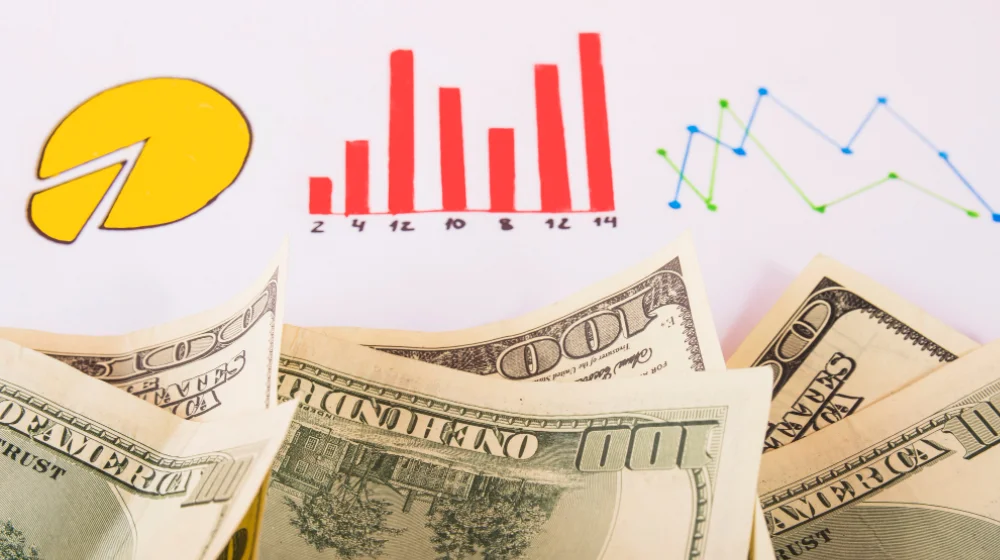As GST 2.0 announcement triggered the Nifty & Sensex upwards, gains vanished very soon as the profit booking occurred in the FMCG segment and other respective sectors led by the FIIs. As per NSE data FII’s remained net sellers on Indian equities as on September 3rd & 4th.
Despite the news, market not showing enough strength. Experts believe that consumers should be very happy with the government’s Diwali gift as it will directly impact their pocket and may increase Household savings. In the new GST framework only 2 GST slabs exist (5% & 18%) with an extra 40% tax slab for sin goods unlike previously existed tax slabs of 5%, 12%, 18% and 28%. This makes the GST framework easy to understand and less complex. Products taxed @ 28% will now be charged @ 18% and 12% will now be charged @ 5% only. Multiple goods like packed food, automobiles, electronic goods, insurance products and other FMCG goods are expected to get cheaper and more aAordable this Diwali as the GST 2.0 will be implemented from 22nd sept 2025.
Plans to purchase the electronic items or automobiles can be delayed for now till the new GST tax slabs comes into force to enjoy the benefits of lower prices or a choice of premium products in the similar budget.
Ministry of commerce & Industry led by Mr. Piyush Goyal stated that the ministry will keep an eye on the market, and it will ensure that reduced prices on products directly benefits the consumers and companies shall not be increasing the prices to maintain the product at same price with lower GST. However, demand will be higher due to the decreased prices that may trigger Goods prices upward in the long run to maintain the supply side of the market and to cater the increased demand in the market which is basic assumption of economics. Government may overview the industries in the short run, yet macroeconomics will dictate the outcomes in the long run. Experts also suggest that government’s revenue through tax collection will improve in the upcoming financial year due to the increased consumption in the future.
Government is expected to lose net Rs 48000 crore revenue through tax collection in the current financial year which is nearly 1% of expected union budget size of 50.65 Lakh crore. This may not be significant but needs to be adjusted through lowering subsidies or increasing the debt to maintain the fiscal deficit target of 4.4% in 2025-26 and the capex in the upcoming budget as usual. FM Nirmala Sitharaman said that government will achieve the fiscal deficit target and no reduction on capex in the upcoming union budget.
It’s time to enjoy the new GST rates! Plans to purchase new automobiles or electronics can be postponed till 22nd September. However, market dynamics could change the future as the demand triggers in the market which may lead to increase in prices by companies on their products. FMCG sector may also experience raw material price hike in the upcoming quarter as the rainy season badly impacted the agricultural harvest this year.



